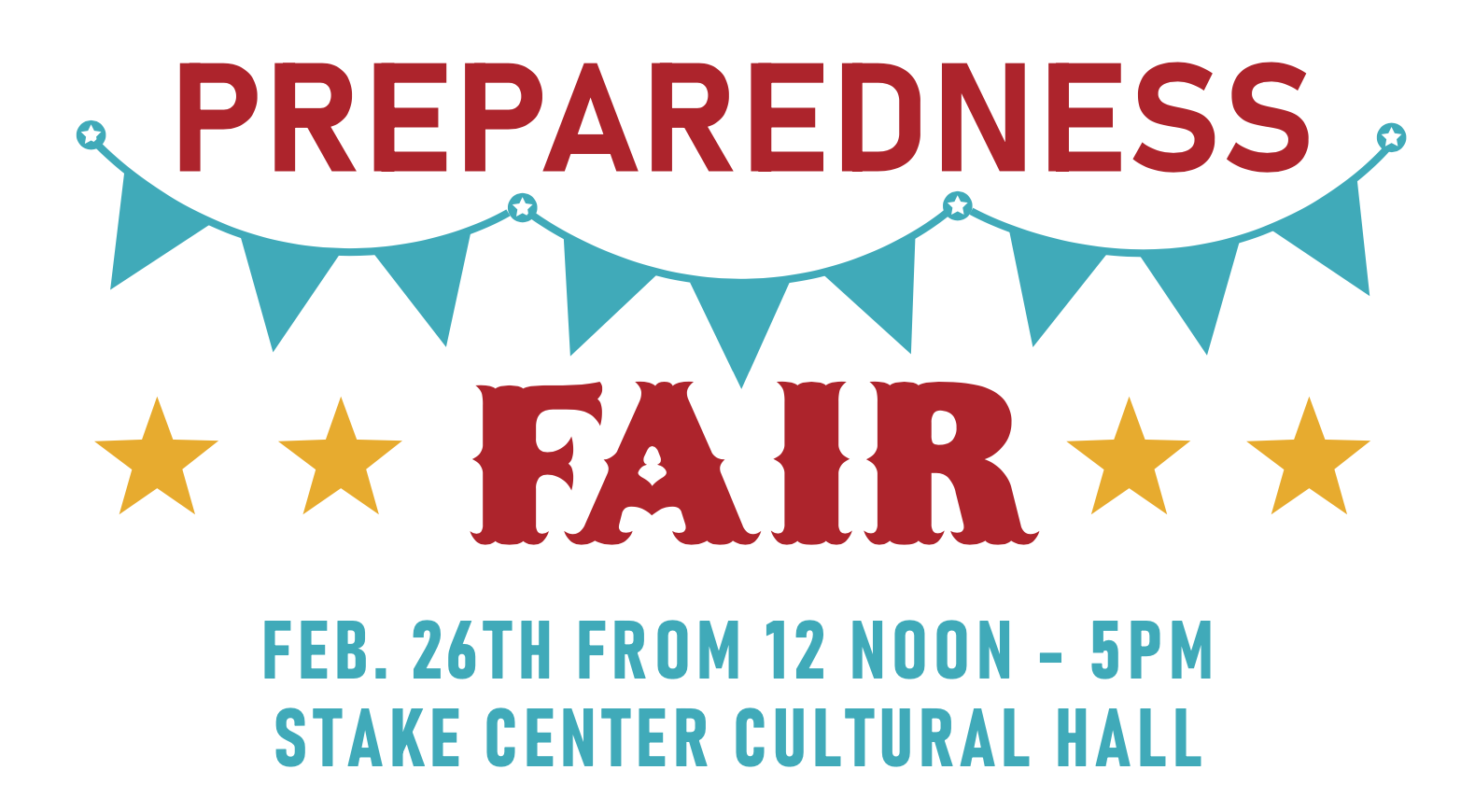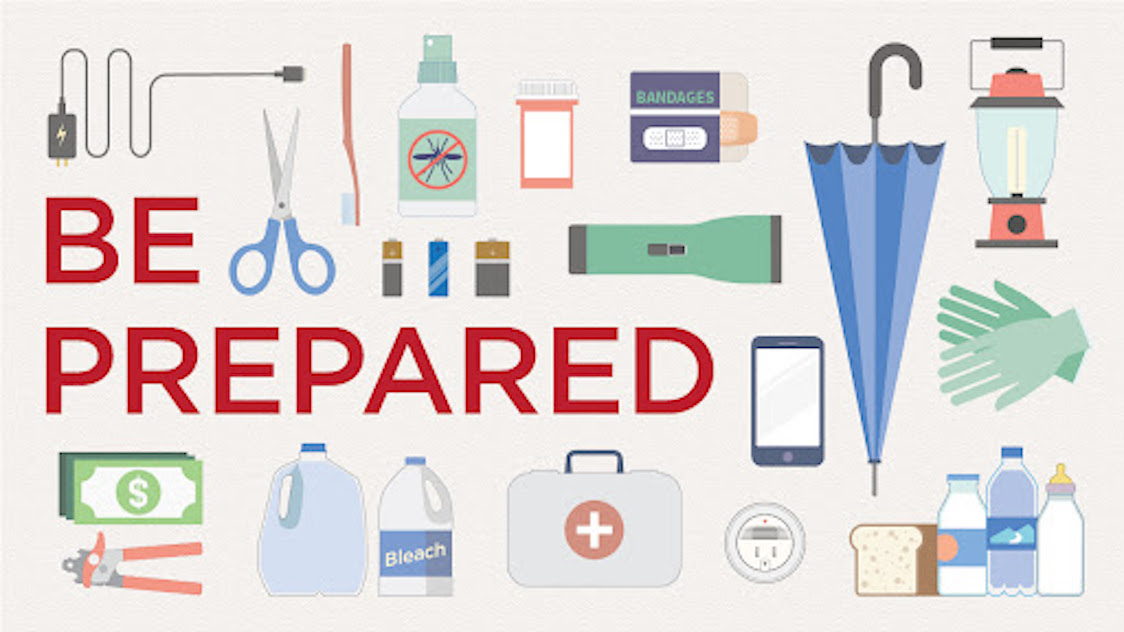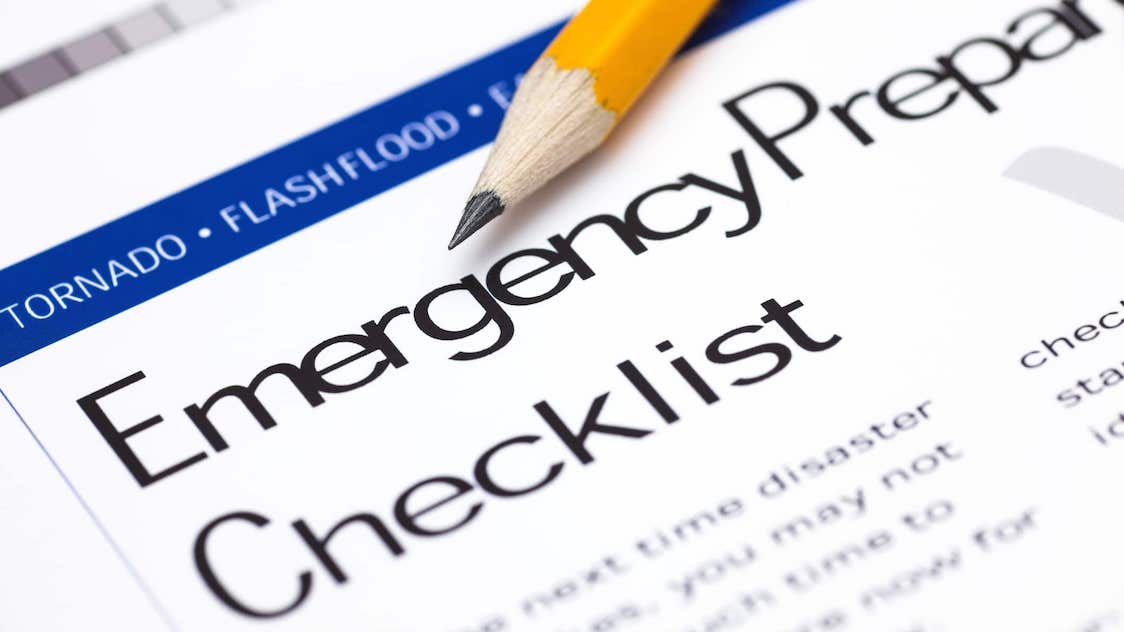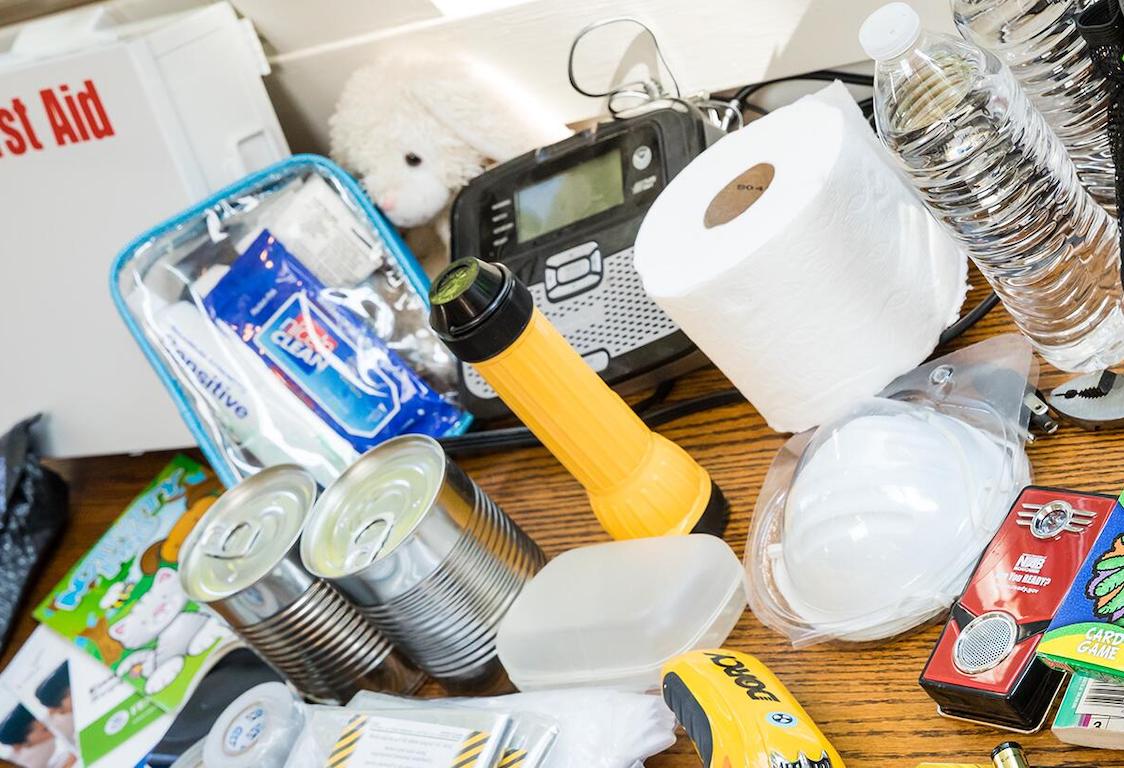
Emergency Preparedness Fair - February 25, 2023
Join us for the Stake Preparedness Fair on Saturday, February 25, 2023 from 12PM to 5PM at the Stake Center Cultural Hall (10945 South 1700 East, Sandy UT 84092). Find everything you need to be prepared…one stop shopping. We will have points of purchase and food samples.





